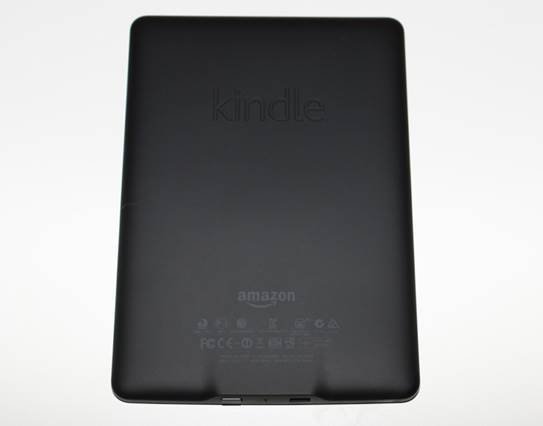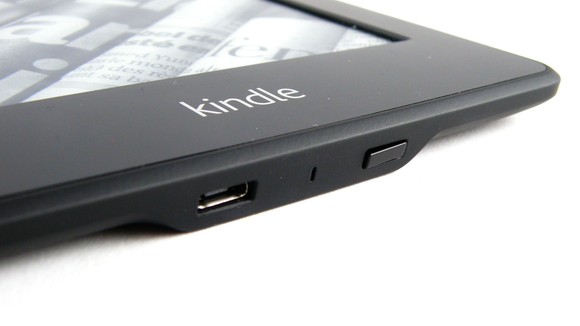So, do all of these features add up to the
best e-reader out there? Yes. Apparently Amazon has focused on creating the
most possible reading experience with Paperwhite, and they have done it. The
screen modifications are wonderful - everything from the evenly distributed
front light to the improved contrast.

Amazon
Kindle Paperwhite
If you had told us this time last year that
the e-reader race would be heating up going into the 2012 holiday season, we
would not agree. If so, 2011 may seem like the beginning of the end.
Encouraged by the tablet boom, companies like Amazon, Barnes & Noble and
even Kobo were looking toward that space for inspiration, by introducing
advanced device that reading is just one of many features. Even readers began
to look like tablets, with a lot of devices had abandoned physical keyboard to
prioritize infrared touchscreen.
But at the end of September 2012, and this
product category has never been more exciting. Back in May, Barnes & Noble
has captured our hearts and the midnight reading marathon with the Nook Simple
Touch with GlowLight, a long name for one amazing little device that makes
reading in bed at night becomes easier. (According to Barnes & Noble, this
is the problem that has ruined many families). But don't let it be said that
Amazon doesn't believe in the American family. Earlier this month, the company
launched the Kindle Paperwhite, the latest addition of the product series which
have become more or less synonymous with the term "e-reader".
At that launch event, CEO Jeff Bezos
described the four years of R&D that went into the front light technology
powering that bright screen. It was clear from our hands-on time with the
device that, though Amazon put more emphasis on the Fire series at this time,
it still has a lot invested in the e-reader war. The sharpened, illuminated
text is impressive, and Amazon has gone so far as to describe this as the
Kindle it's always wanted to build. Okay, but how it compares with similar
products on the market? Is it worth the price of 119 dollars (with ads)? Let's
have a look.
Hardware
Even when the Kindle was first released in
2007, it was a bit old-fashioned - a big bulky device filled with keys and
buttons. At the launch of third-generation model, industrial design clearly has
climbed up on the priority list of Amazon. With last year Kindle Touch, Amazon
has put out QWERTY keyboard, and everything is going further with Paperwhite.
Minimalist is shown here: 2 buttons are clearly too much, and the company has
cut out menu button at the bottom bezel, replace it with the Kindle logo in
lowercase. Only 1 single button: small power button on the bottom of the
device.

Kindle
Paperwhite’s back
We have complained about Amazon's aversion
with physical buttons before, particularly in the case of the physical page
turn buttons that used to sit on either side of Kindle e-readers. After all,
touch is fine for most things, but an E Ink reader can freeze up, then screen
does not respond to touch input. And the fact that reading with one hand is
quite risky, as anyone who has worked on the subway will tell you about that.
You'll also notice that Amazon has dropped
silver coloring of the last generation model to prioritize a whole black design
(much like the rest of the industry). The front bezel is made from hard plastic
similar to previous models, with a soft-touch material wrapping around the
back. This material is becoming an industry standard format on these devices,
and we can understand why: it feels nice beneath the fingers and offers some
friction to help ensure you won't accidentally lose your grip during a
particularly saucy "Fifty Shades of Grey" passage. About a third of
the way down the rear side, you will find another larger Kindle logo. At the
bottom, you'll find of all necessary FCC parameters.

Also
there is no grid speaker, and headphone jack has completely disappeared
Also there is no grid speaker, and
headphone jack has completely disappeared, carrying dreams with its multimedia
playback. On the bottom edge, you'll only find the micro-USB slot (for charging
and syncing with your computer) and the power button, which you will primarily
use to wake the device from sleep mode (battery life is also good). Of course,
it also comes in handy for those occasions where the screen hangs requiring a
completely reboot.